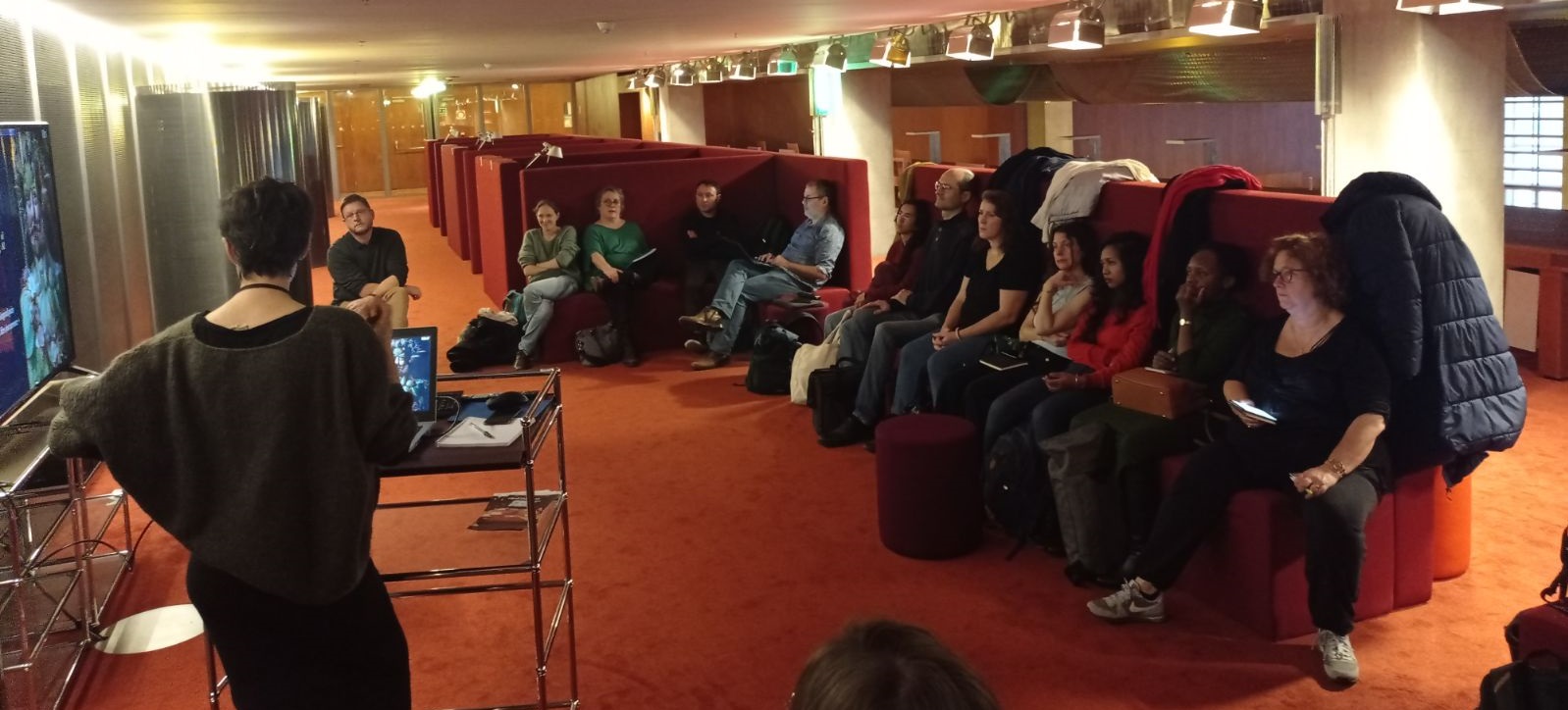Berber and Arabic in Siwa (Egypt): A Study in Linguistic Contact
Lameen Souag
Berber and Arabic in Siwa (Egypt): A Study in Linguistic Contact
 Siwi is the easternmost Berber language, one of the few surviving representatives of the languages spoken in the eastern Sahara before the arrival of Bedouin Arab groups in the 11th century – although this apparent continuity conceals a history of migration, as this book argues based on loanwords and intra-Berber relationships. The complex contact history of Siwi is shown to have involved at least three distinct varieties of Arabic at different periods, as demonstrated here by the reflexes of phonemes such as q and j and by innovative lexical items with limited geographical distributions. The Arabic component of Siwi includes loanwords and calques with no surviving counterpart in modern regional dialects (for example, luli “Dhuhr prayer” < al-’ūlā, qəṭṭ “not at all” < qaṭṭ), indicating a significant time depth and casting light on the history of spoken Arabic as well as of Berber.
Siwi is the easternmost Berber language, one of the few surviving representatives of the languages spoken in the eastern Sahara before the arrival of Bedouin Arab groups in the 11th century – although this apparent continuity conceals a history of migration, as this book argues based on loanwords and intra-Berber relationships. The complex contact history of Siwi is shown to have involved at least three distinct varieties of Arabic at different periods, as demonstrated here by the reflexes of phonemes such as q and j and by innovative lexical items with limited geographical distributions. The Arabic component of Siwi includes loanwords and calques with no surviving counterpart in modern regional dialects (for example, luli “Dhuhr prayer” < al-’ūlā, qəṭṭ “not at all” < qaṭṭ), indicating a significant time depth and casting light on the history of spoken Arabic as well as of Berber.
The effects of contact upon the grammar are analysed in detail, following and expanding upon the author’s doctoral thesis. These are far more far-reaching than in better documented westerly Berber languages. The morphology has not been immune: Arabic non-concatenative templatic morphology has come to be applied completely productively to Berber adjectival roots and much less productively to Berber nouns, and some prepositions take Arabic rather than Berber pronominal endings. Calquing is prominent: agreement paradigms have been simplified on the model of non-Bedouin Arabic, losing gender distinction in the plural throughout, while the emergence of demonstrative addressee agreement appears to be motivated by early Arabic models. The complex verbal morphology characteristic of Berber has been simplified substantially by the loss of negative forms and directional markers and the conversion of former clitics into affixes, changes which have nonetheless created new irregular forms.
A curious phenomenon straddling the boundary of lexicon and syntax is the borrowing of entire paradigms of numeral+measure phrases from Arabic as synchronically analysable wholes, described here in detail for the first time; this provides a lexically based entry path for syntactic rules, a phenomenon of broader interest in the study of language contact. The usual Berber focus-marking constructions are entirely replaced by Arabic forms, affecting both morphology and syntax. As a necessary prerequisite for the description of contact, this work at the same time examines inherited forms in comparative Berber perspective, including areas that have remained relatively intact such as aspectual morphology, theta-marking adpositions, and person agreement.
Siwi itself is inadequately documented; this book, based on in situ fieldwork, describes Siwi grammar in greater detail than any previous publication, reporting many hitherto unattested constructions and their usage. While Siwi continues to be spoken by all community members, its circumstances are not propitious for long-term survival; bilingualism in Arabic has become virtually universal in the community, significant numbers of Arabic speakers have migrated to the oasis, and some Siwi speakers have internalised the generally negative attitudes of outsiders towards the language. Even now, major changes in lifestyle and increased contact with outsiders have led to vocabulary attrition among the younger generation. Its documentation is thus a matter of some urgency.
This book accordingly includes not just fieldwork-based grammatical and historical analysis and illustrative sentences, but also a selection of Siwi texts spanning multiple genres – public speech, description, storytelling, poetry – and produced by speakers of different ages. These include retellings of Islamic stories and accounts of a popular religious festival specific to Siwa, along with popular religious poetry; as such, it casts light on Islam in the Siwan context as well as on Berber culture.
SOUAG Lameen, 2013 [paru en 2014], Berber and Arabic in Siwa (Egypt): A Study in Linguistic Contact, Köln: Rüdiger Köppe (Berber Studies Vol. 37), 296 p.
Paru le 10 mars 2014

